Volume 3/2 × √3 × a³ Number of faces 8 Surface area 3 × (2+√3) × a² | Number of edges 18 Number of vertices 12 Common objects with this shape Pencil | |
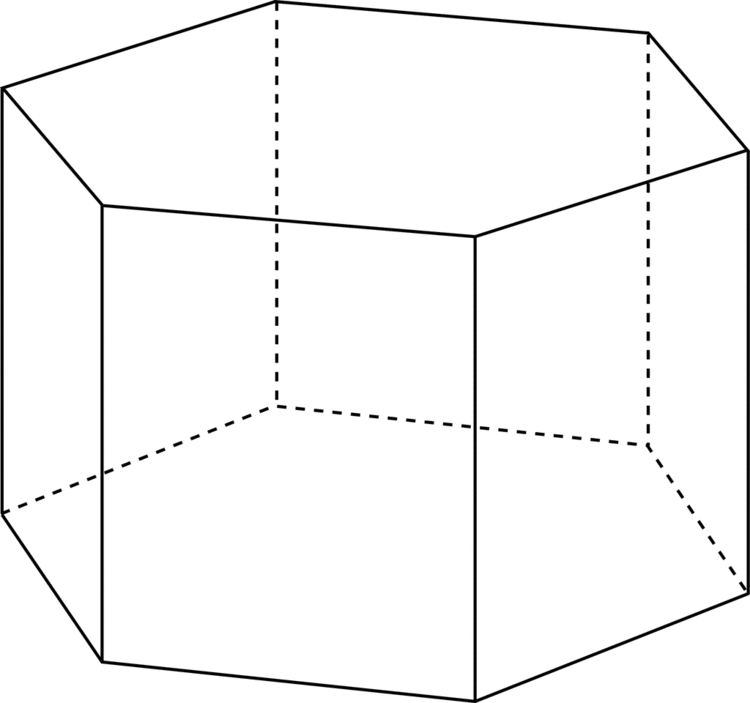 | ||
Shapes with similar faces Cube, Cuboid, Hexagonal pyramid | ||
Problem no 1 on hexagonal prism in engineering drawing
In geometry, the hexagonal prism is a prism with hexagonal base. This polyhedron has 8 faces, 18 edges, and 12 vertices.
Contents
- Problem no 1 on hexagonal prism in engineering drawing
- Origami lesson hexagonal prism
- As a semiregular or uniform polyhedron
- Volume
- Symmetry
- As part of spatial tesselations
- Related polyhedra and tilings
- References

Since it has eight faces, it is an octahedron. However, the term octahedron is primarily used to refer to the regular octahedron, which has eight triangular faces. Because of the ambiguity of the term octahedron and the dissimilarity of the various eight-sided figures, the term is rarely used without clarification.
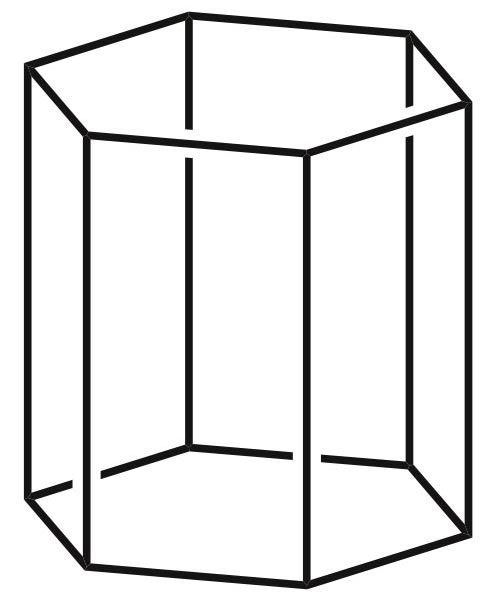
Before sharpening, many pencils take the shape of a long hexagonal prism.
Origami lesson hexagonal prism
As a semiregular (or uniform) polyhedron
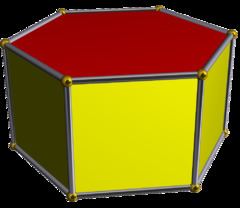
If faces are all regular, the hexagonal prism is a semiregular polyhedron, more generally, a uniform polyhedron, and the fourth in an infinite set of prisms formed by square sides and two regular polygon caps. It can be seen as a truncated hexagonal hosohedron, represented by Schläfli symbol t{2,6}. Alternately it can be seen as the Cartesian product of a regular hexagon and a line segment, and represented by the product {6}×{}. The dual of a hexagonal prism is a hexagonal bipyramid.
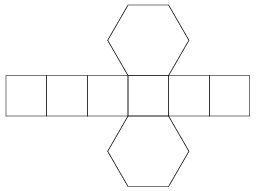
The symmetry group of a right hexagonal prism is D6h of order 24. The rotation group is D6 of order 12.
Volume
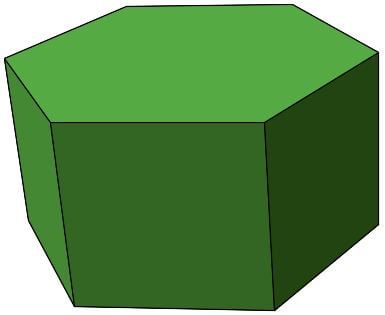
As in most prisms, the volume is found by taking the area of the base, with a side length of
Symmetry
The topology of a uniform hexagonal prism can have geometric variations of lower symmetry, including:
As part of spatial tesselations
It exists as cells of four prismatic uniform convex honeycombs in 3 dimensions:
It also exists as cells of a number of four-dimensional uniform 4-polytopes, including:
Related polyhedra and tilings
This polyhedron can be considered a member of a sequence of uniform patterns with vertex figure (4.6.2p) and Coxeter-Dynkin diagram . For p < 6, the members of the sequence are omnitruncated polyhedra (zonohedrons), shown below as spherical tilings. For p > 6, they are tilings of the hyperbolic plane, starting with the truncated triheptagonal tiling.
